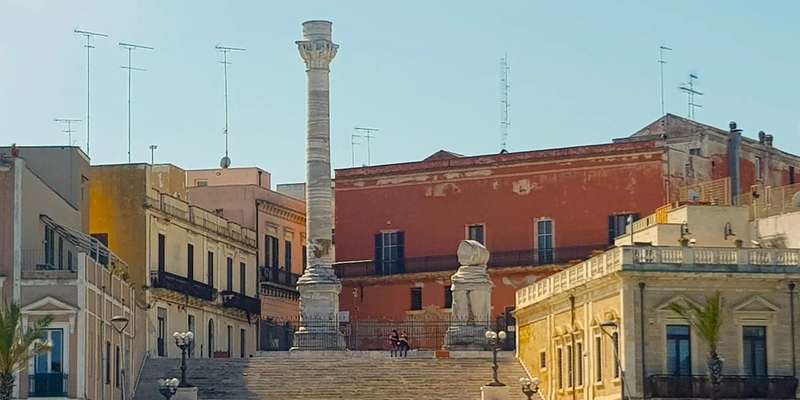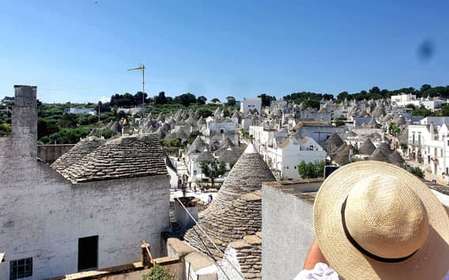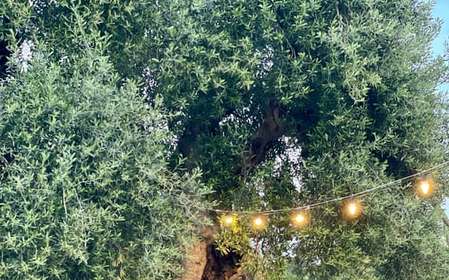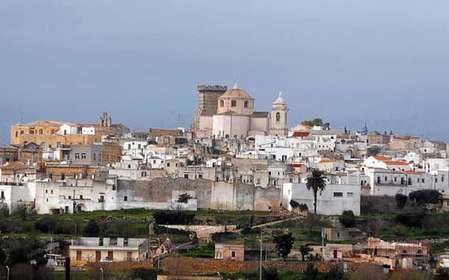- Home
- Useful Tips
- Exploring Brindisi's Roman...
Standing at the end of Brindisi's ancient Appian Way, the Roman Column symbolizes the city's rich maritime history – yet most visitors miss its true significance. Over 60% of day-trippers spend less than 15 minutes here, unaware they're looking at one of Puglia's last surviving Roman monuments. The frustration is palpable: travelers circle the column confused by its lack of signage, while cruise passengers on tight schedules often leave without understanding why this site marked the end of Rome's most famous road. Without context, the 18-meter granite pillar becomes just another photo stop rather than the gateway to Brindisi's 2,000-year story as the 'Port of the East'. The real tragedy? Local historians whisper about underground chambers and medieval inscriptions most tourists never discover.


Decoding the Column's Hidden Symbols Without a Guide
The weathered granite surface tells a layered story if you know where to look. While most visitors focus on the column's height, the real secrets lie in the barely visible carvings near its base – medieval crosses left by Crusaders departing for the Holy Land. Local archaeologists recently identified previously overlooked mason's marks that reveal the column was actually repurposed from an earlier Roman temple. Stand on the southwest side at midday when sunlight perfectly illuminates a faint Latin inscription mentioning Emperor Trajan. This spot also lets you see the column's subtle tilt, caused by the 1528 earthquake that toppled its twin (the remaining base is visible 50 meters away). For free context, join the 10am gathering of Brindisi's retired dockworkers who share oral histories about the column's role as a medieval lighthouse.
Beating the Cruise Crowds with Local Timing Tricks
Between 11am-2pm, the square becomes overcrowded as five major cruise lines disgorge passengers simultaneously. Savvy visitors arrive either at dawn (when the marble steps glow pink) or during the magical hour before sunset when the column casts dramatic shadows across the harbor. Tuesday mornings are particularly quiet as most ships schedule excursions to Lecce. Local shopkeepers note Wednesdays see 40% fewer visitors despite being peak season. For those trapped in midday crowds, walk 30 seconds to the adjacent Piazza Duomo where elevated cafe terraces offer perfect photo angles over the tourists' heads. The best free vantage point is actually from the steps of the Provincial Palace – a tip shared by Brindisi's taxi drivers that avoids the packed pedestrian approach.
Uncovering the Underground Secrets Beneath Your Feet
Few realize the visible column is just the tip of the archaeological iceberg. Recent ground-penetrating radar revealed three subterranean chambers believed to be part of the original Roman port complex. While these aren't publicly accessible, you can see traces of the ancient structures in the exposed foundations near the column's base. Look for the rectangular stone blocks with ship-tying holes used in Roman times – these are most visible on the seaward side. Local legend claims Frederick II stored treasures here before his Crusades, supported by 13th-century documents mentioning 'the imperial vaults'. The nearby Archaeological Museum displays artifacts excavated from these tunnels, including a rare navigation instrument found in 2017. Visiting the museum first provides context that transforms how you see the column site.
From Quick Snap to Meaningful Experience – Making It Matter
The difference between a forgettable stop and a profound encounter lies in connecting the column to Brindisi's living history. Time your visit with the Saturday fish market along the harbor – the shouts of vendors selling swordfish mirror ancient accounts of Roman-era commerce. Notice how older locals still touch the column's base when passing, a tradition dating to when sailors sought protection before voyages. For deeper insight, follow the worn stone path leading seaward from the column; this was the original Roman dock where St. Paul allegedly disembarked. Today it's where fishermen mend nets using techniques unchanged for centuries. These living connections reveal why the column wasn't just a monument, but a working part of Brindisi's maritime soul – understanding that transforms a quick photo into a lasting memory.



